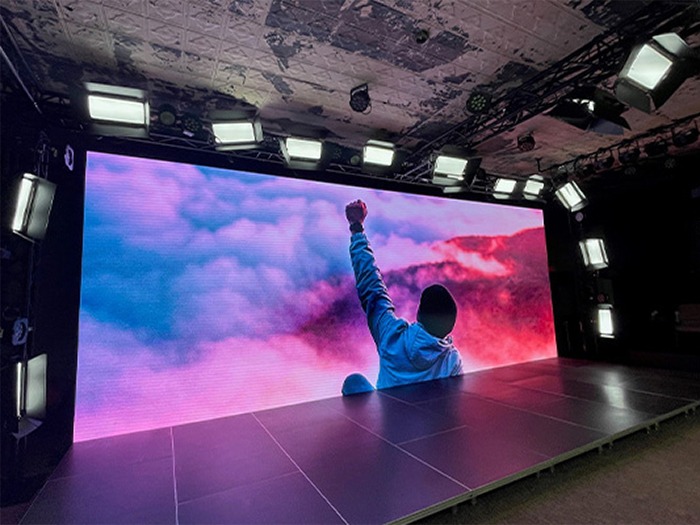To understand contrast ratios more effectively, it is beneficial to comprehend how they are measured. The ratio is typically expressed as two figures, such as 1000:1. This means that the lightest white is 1,000 times more luminous than the deepest black. Screens with elevated contrast ratios offer richer blacks and more vivid whites, which improves the overall image experience. When viewing a film or engaging with a video game, for example, these differences can create a more immersive environment. Viewers can observe elements Go Here that may be unnoticeable in displays with lower contrast ratios.
Different types of screen technologies, such as LCD, LED, and OLED, have varying contrast ratios. OLED displays are recognized for their superior contrast because they can turn off individual pixels entirely, producing true black levels. Conversely, conventional liquid crystal displays may struggle to reach similar levels of blackness due to their illumination methods. It is essential for buyers to evaluate these differences when choosing a display for their needs. Grasping how each system manages contrast can greatly impact contentment with the product.
Moreover, the significance of brightness ratio goes beyond recreational use; it also influences efficiency in work environments. For tasks demanding detailed visual analysis, such as graphic design or image editing, resource having a display with a high contrast ratio allows for greater precision and definition. This ensures designers can see fine details in their artwork or photographs without strain. In learning settings, learners benefit from high-quality displays that make educational content more interactive and easier to understand.

In conclusion, enhancing image quality through grasping contrast levels is essential for individuals using screen technology. A greater contrast ratio results in superior image quality by delivering deeper colors and more clarity in images. As technology advances, users should remain informed about these factors to make decisions that align with their preferences and needs. Be it for leisure or productivity, being informed about contrast ratios maximizes satisfaction and efficiency in using screen technology.